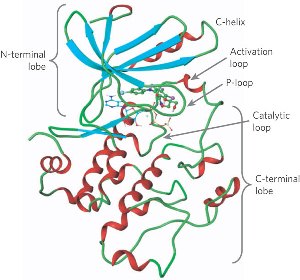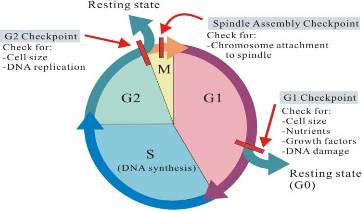Sandbox bcce14
From Proteopedia
(Difference between revisions)
| (12 intermediate revisions not shown.) | |||
| Line 1: | Line 1: | ||
| - | ==BCCE14: | + | ==BCCE14: The amazing protein== |
| - | <StructureSection load=' | + | <StructureSection load='1pgb' size='300' side='right' caption='BCCE14' scene=''> |
This is a default text for your page '''Sandbox bcce14'''. Click above on '''edit this page''' to modify. Be careful with the < and > signs. | This is a default text for your page '''Sandbox bcce14'''. Click above on '''edit this page''' to modify. Be careful with the < and > signs. | ||
You may include any references to papers as in: the use of JSmol in Proteopedia <ref>DOI 10.1002/ijch.201300024</ref> or to the article describing Jmol <ref>PMID:21638687</ref> to the rescue. | You may include any references to papers as in: the use of JSmol in Proteopedia <ref>DOI 10.1002/ijch.201300024</ref> or to the article describing Jmol <ref>PMID:21638687</ref> to the rescue. | ||
| - | [[Image: | + | [[Image:picture.jpg]] |
== Function == | == Function == | ||
| - | This protein is a tyrosine kinase that is active in the progression of a cell through the G2/M checkpoint. | + | This protein is a tyrosine kinase that is active in the progression of a cell through the G2/M checkpoint. |
| + | [[Image:Cell_cycle_check_points.jpg]] | ||
== Disease == | == Disease == | ||
Mutations in the C terminal end of the protein have been associated with excessive kinase activity. It has been implicated in aggressive forms of breast cancer. | Mutations in the C terminal end of the protein have been associated with excessive kinase activity. It has been implicated in aggressive forms of breast cancer. | ||
| Line 12: | Line 13: | ||
== Structural highlights == | == Structural highlights == | ||
| + | <scene name='59/596448/N_to_c_rainbow/2'>N to C sequence</scene> | ||
| + | {{Template:ColorKey_Amino2CarboxyRainbow}} | ||
| + | <scene name='59/596448/Secondary_structure/1'>Secondary Structures</scene> | ||
| + | {{Template:ColorKey_Helix}} | ||
| + | {{Template:ColorKey_Strand}} | ||
| + | {{Template:ColorKey_Turn}} | ||
| + | |||
| + | <scene name='59/596448/Hydrophobic_hydrophilic_residu/1'>hydrophobic and hydrophilic residues</scene> | ||
| + | {{Template:ColorKey_Hydrophobic}}, {{Template:ColorKey_Polar}} | ||
This is a sample scene created with SAT to <scene name="/12/3456/Sample/1">color</scene> by Group, and another to make <scene name="/12/3456/Sample/2">a transparent representation</scene> of the protein. You can make your own scenes on SAT starting from scratch or loading and editing one of these sample scenes. | This is a sample scene created with SAT to <scene name="/12/3456/Sample/1">color</scene> by Group, and another to make <scene name="/12/3456/Sample/2">a transparent representation</scene> of the protein. You can make your own scenes on SAT starting from scratch or loading and editing one of these sample scenes. | ||
Current revision
BCCE14: The amazing protein
| |||||||||||
References
- ↑ Hanson, R. M., Prilusky, J., Renjian, Z., Nakane, T. and Sussman, J. L. (2013), JSmol and the Next-Generation Web-Based Representation of 3D Molecular Structure as Applied to Proteopedia. Isr. J. Chem., 53:207-216. doi:http://dx.doi.org/10.1002/ijch.201300024
- ↑ Herraez A. Biomolecules in the computer: Jmol to the rescue. Biochem Mol Biol Educ. 2006 Jul;34(4):255-61. doi: 10.1002/bmb.2006.494034042644. PMID:21638687 doi:10.1002/bmb.2006.494034042644


